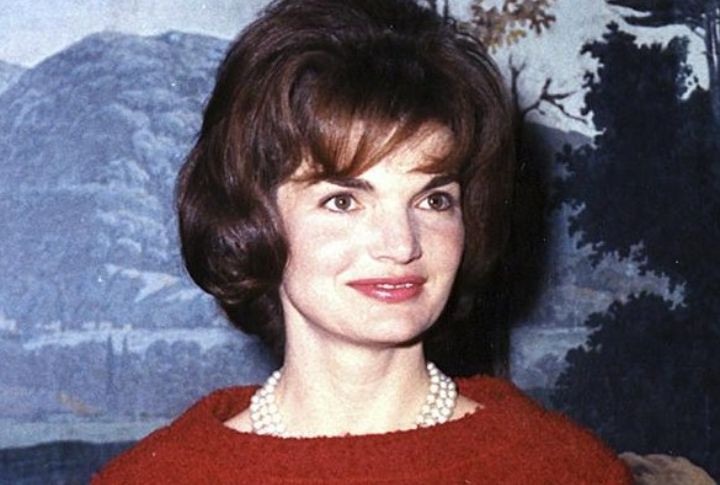
Life inside the White House isn’t all meetings and ceremonies. Over the years, presidents and their families have quietly reshaped the mansion, adding spaces that reflect their personalities and priorities. Each change tells a story about the people who lived there and how they made the historic home feel like their own.
Bowling Alley By Harry Truman
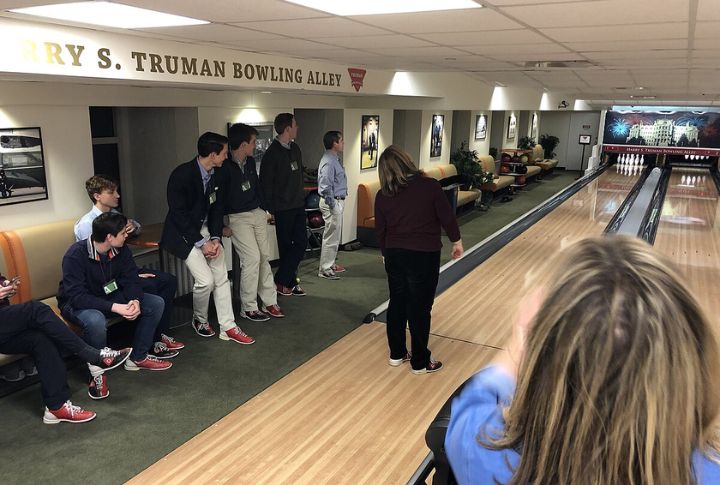
Despite being far from a bowling enthusiast himself, President Truman inadvertently created an enduring White House tradition when his Missouri supporters gifted a bowling alley in 1947. Situated initially in the West Wing before migrating to the Eisenhower Building, this quirky amenity has evolved through various renovations.
Movie Theater By Franklin Roosevelt
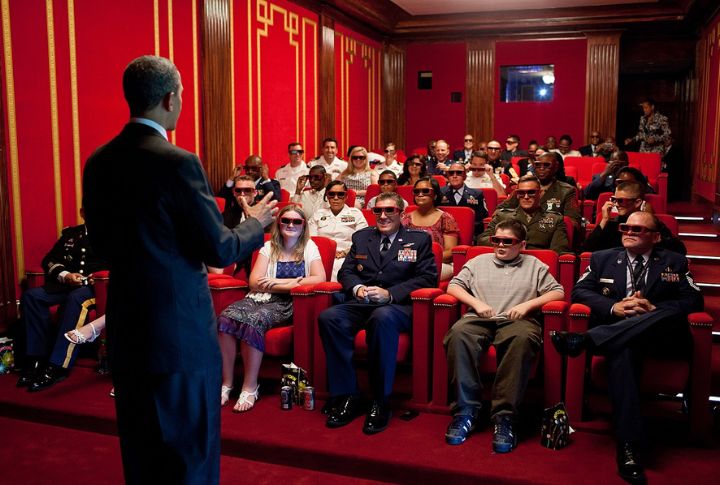
Roosevelt’s wartime leadership extended beyond military strategy to creative problem-solving at home. In 1942, he turned an underutilized White House cloakroom into something unprecedented: a presidential movie theater. This pragmatic innovation endures, with subsequent administrations maintaining the space as film projection technology advanced over the decades.
Jacqueline Kennedy’s Historical Restoration Project
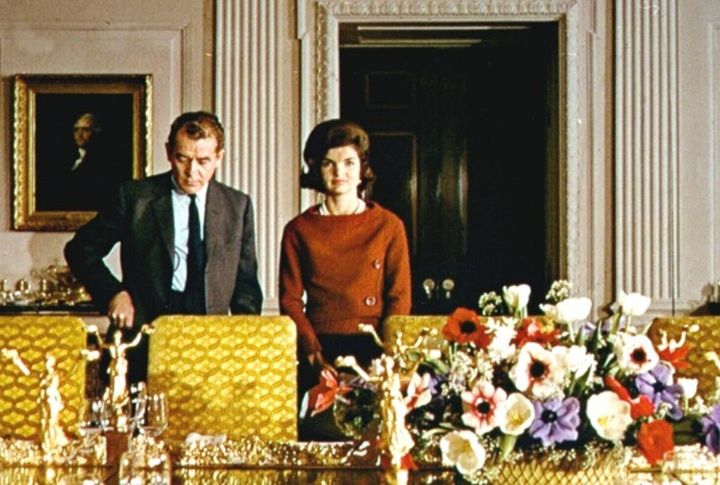
Upon recognizing the White House’s need for historical authenticity, Jacqueline Kennedy went on an ambitious restoration project as First Lady. Her meticulous work included collecting period-appropriate antiques to restore the mansion’s historic character, which she showcased in a landmark 1962 televised tour.
Tennis Courts Expanded By Theodore Roosevelt
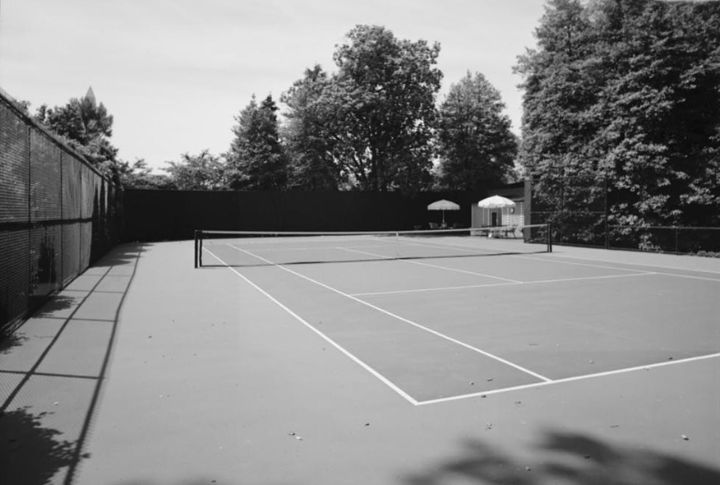
The White House tennis courts began life in 1902, a concrete rectangle birthed by Theodore Roosevelt’s vision. They grew under his care, becoming home to the informal “Tennis Cabinet” gatherings that shaped his presidency. The courts stood witness until Obama’s time, when they evolved into a new basketball identity.
Solarium By Calvin Coolidge
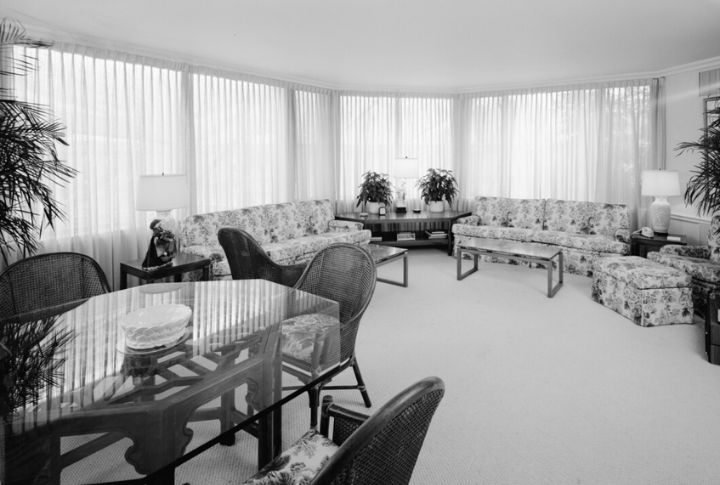
Atop the White House’s south portico, the solarium stands as proof of Calvin Coolidge’s architectural vision. In 1927, he converted a mundane laundry room into this glass-enclosed sanctuary on the third floor, strategically positioned to capture abundant natural light. The sun-drenched space quickly became a treasured retreat for First Families.
Truman Balcony By Harry Truman
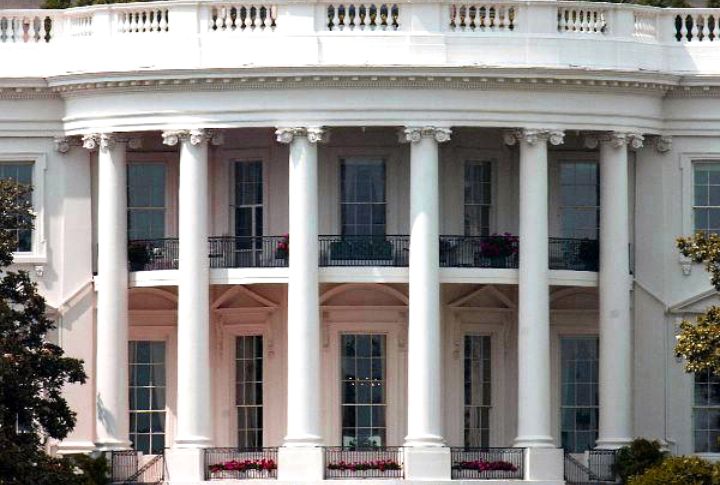
When President Truman proposed adding a balcony to the White House’s iconic south facade in 1947, critics decried it as architectural sacrilege. Yet this controversial modification—a shaded outdoor perch overlooking the South Lawn—would prove prescient. Today, it is a cherished presidential retreat.
Children’s Treehouse By Jimmy Carter
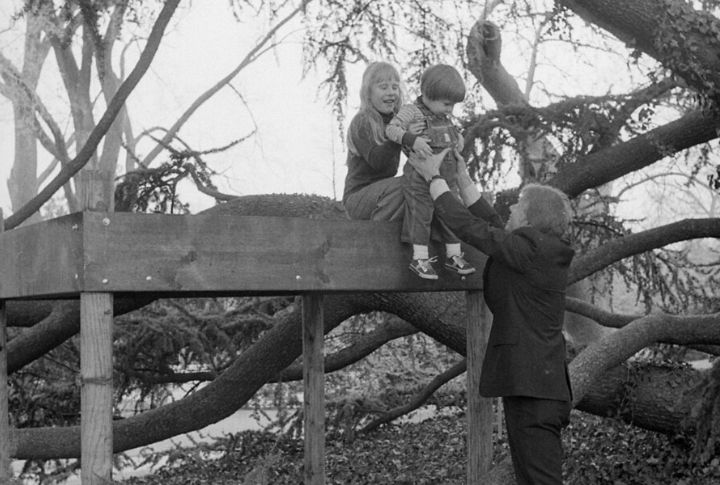
In a striking contrast to the White House’s stately formality, a child’s treehouse graced the South Lawn during the Carter years. Built on stilts to protect historic trees, this playful addition for daughter Amy represented the family’s down-to-earth style, and notably remained off-limits to Secret Service agents.
Music Room By Bill Clinton
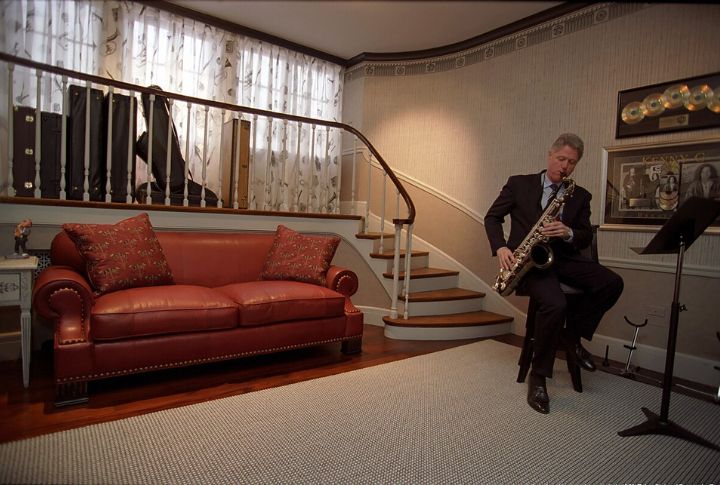
Hillary Clinton knew her husband’s heart beat to a musical rhythm. Her 1996 birthday gift spoke that understanding: converting a third-floor sitting room into a soundproof music chamber where the saxophone-playing president could retreat. The space housed both his cherished memorabilia and private moments.
South Lawn Playground By Michelle Obama
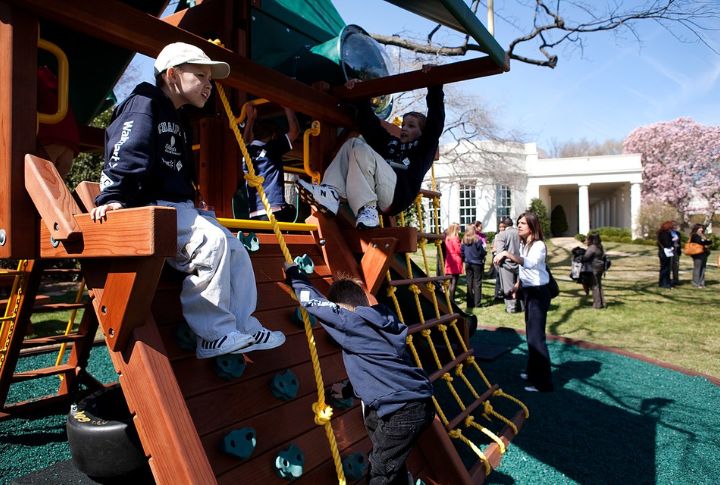
Wanting their young daughters to feel truly at home in the White House, Michelle and her husband made a section of the South Lawn a child’s paradise, complete with swings, slides, and climbing equipment. Their playground installation went beyond family needs, making the historic grounds more welcoming for visiting children.
Press Room By Richard Nixon
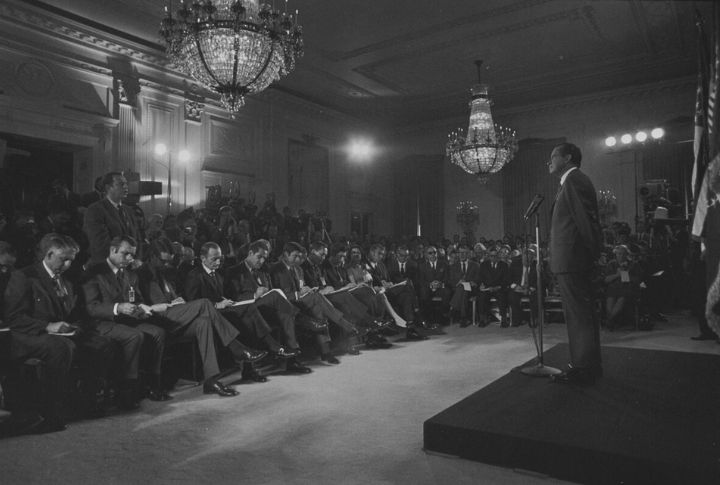
Facing an increasingly adversarial press corps, Nixon made a calculated move in 1970. He basically converted the White House’s indoor swimming pool between the mansion and the West Wing into a dedicated Press Briefing Room. The west terrace space became a controlled environment for televised announcements.
